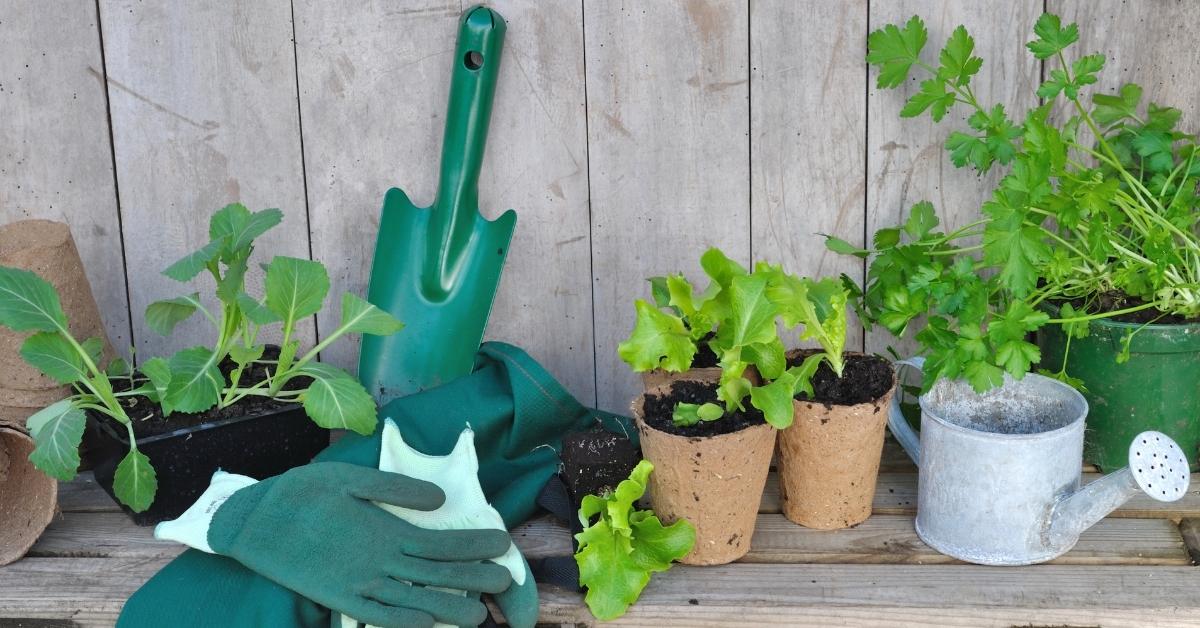May is a busy time in the allotment or veg patch. With temperatures rising, plants are growing apace and need more and more attention with watering, hardening off, potting up and planting out. It can be hard to keep up with everything that needs doing this month, so to give you a helping hand, we’ve put together this handy guide to some of the most important allotment jobs for May.
Weed, weed, weed!


The main season for planting out is nearly upon us, so now is the time to make sure your beds are clear of weeds. They are growing fast at this time of year, so it’s worth hoeing regularly between rows to remove any weed seedlings before they become established.
Harden off vegetable plants
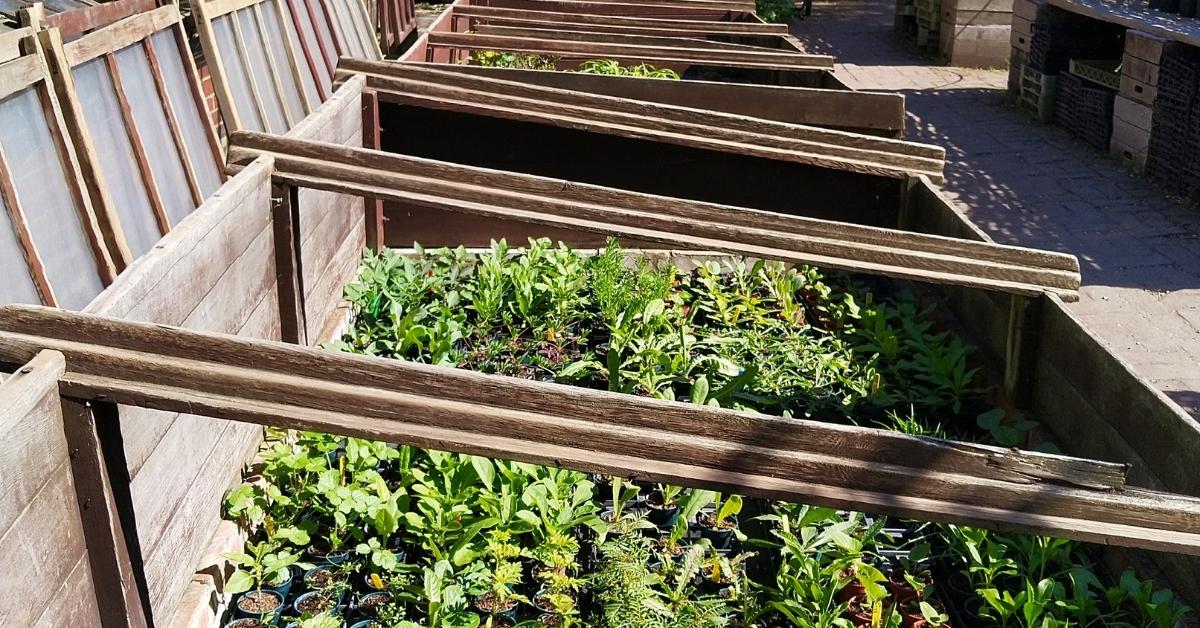

Heat-loving veg such as courgettes, cucumbers and tomatoes can be planted out in their final positions towards the end of the month. To prepare for this, start hardening off your young plants. You can use cold frames, a porch, or simply put the plants outside during the day and bring back into the greenhouse overnight. After 7-10 days of hardening off, and with no low night-time temperatures forecast, your plants should be ready for planting out.
Keep on top of watering
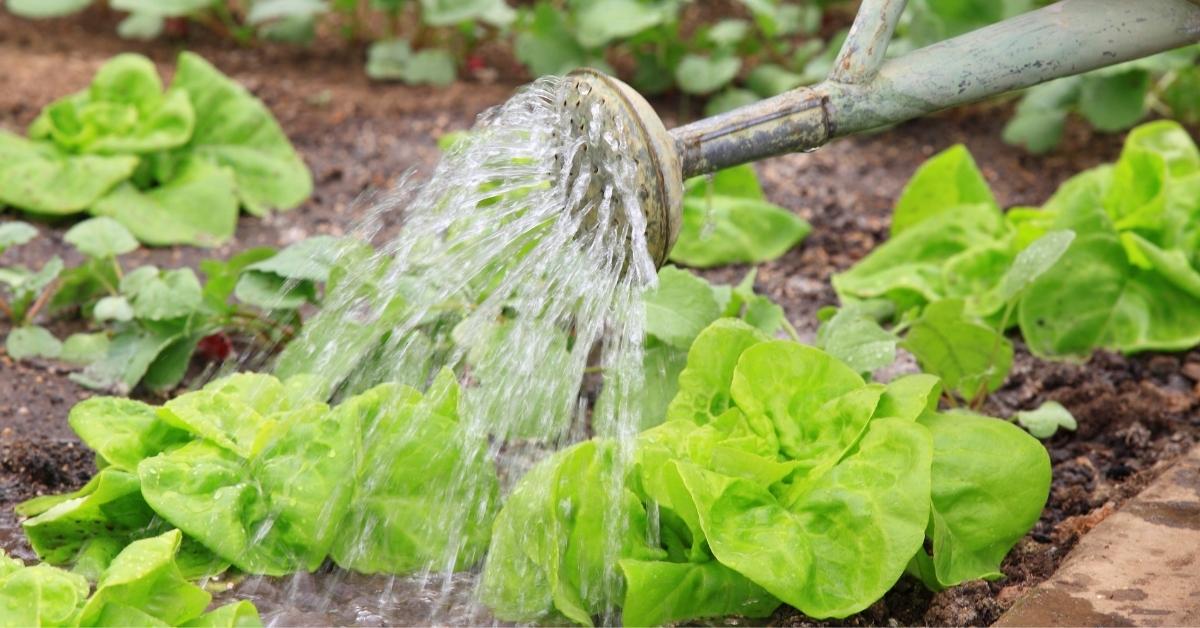

Temperatures have rocketed as we’ve moved into May, and plants are drying out quickly. Stay vigilant and make sure both young potted plants and those recently planted out don’t dry out in the heat. If you don’t already have a water butt, but have the potential for one, it’s really worth getting one installed now in preparation for all the irrigation that will be needed over the coming months. Any area of roof with a gutter and downpipe, or potential to install these, will do – whether it’s your house, greenhouse or shed. It’s amazing how much water you can collect from just one shower in this way. By using rainwater where you can, you’re not just cutting down on the water bill; you’re also making your plot more sustainable.
Ventilate your greenhouse
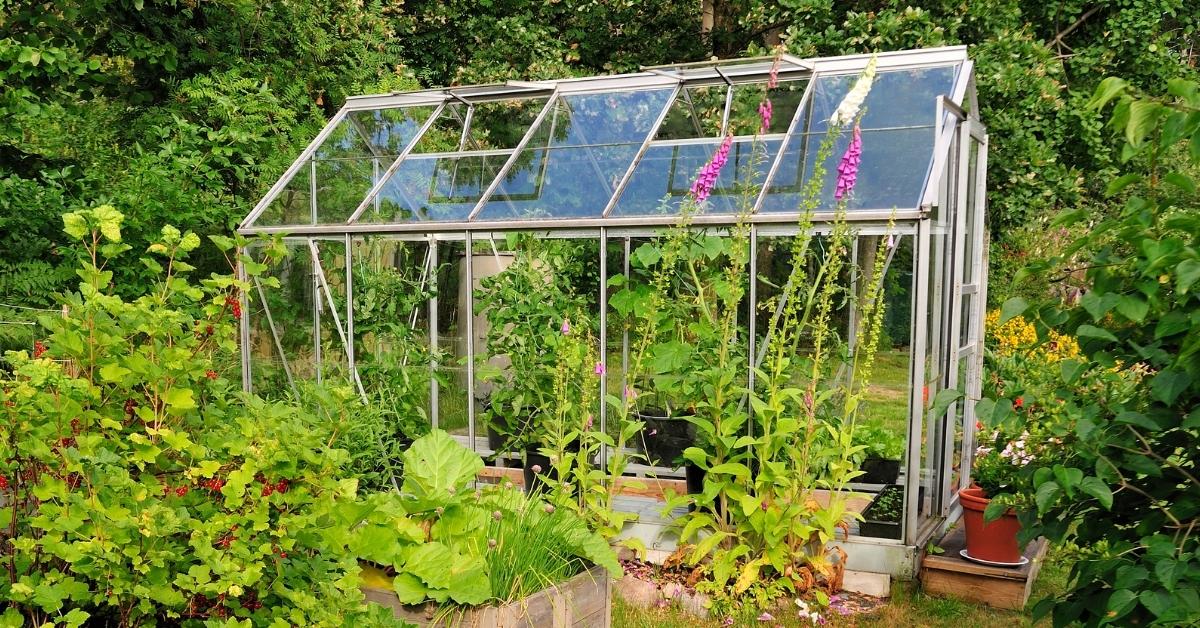

Similar to stepping up your watering, with rising daytime temperatures it’s really important to make sure your greenhouse is ventilated each day to prevent overheating. On hot, sunny days you can open all doors and windows to maximise air flow, closing them again in the evening. Good ventilation is important not just to prevent overheating in summer but also to reduce the instance of disease and moulding off all year round. A greenhouse thermometer is a valuable tool for keeping track of conditions in your greenhouse.
Sow outdoors


The sowing season continues into May, with a shift towards outdoor sowing. If you haven’t already, now is the time to sow French and runner beans. Beans have deep root systems so are best sown in deep individual cells, root trainers or toilet roll tubes, or else sown direct in drills. You can also continue making successional sowings of salads to ensure a continuous harvest. Here’s a list of all the vegetable seeds to sow in May.
Earth up potatoes
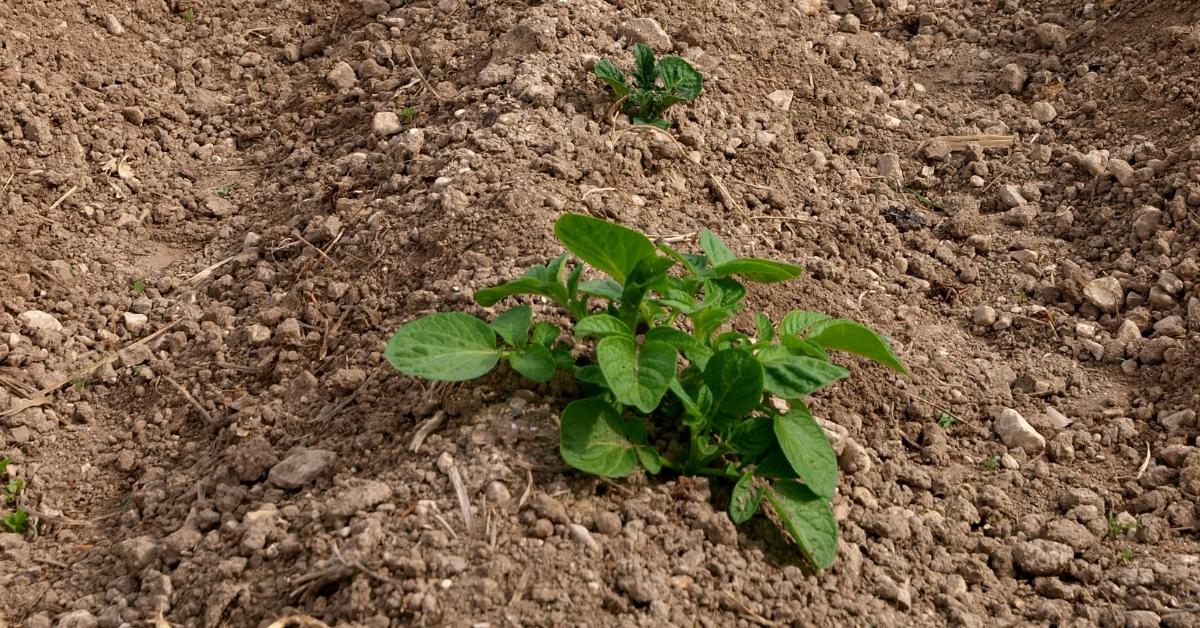

Potatoes are growing rapidly and it’s important to make sure there is always thick layer of soil covering the developing tubers to prevent them from going green. This process is known as ‘earthing up’. To do this, simply mound up soil around the plant so that just the top section of the shoots are showing.
Pinch out side-shoots on tomatoes
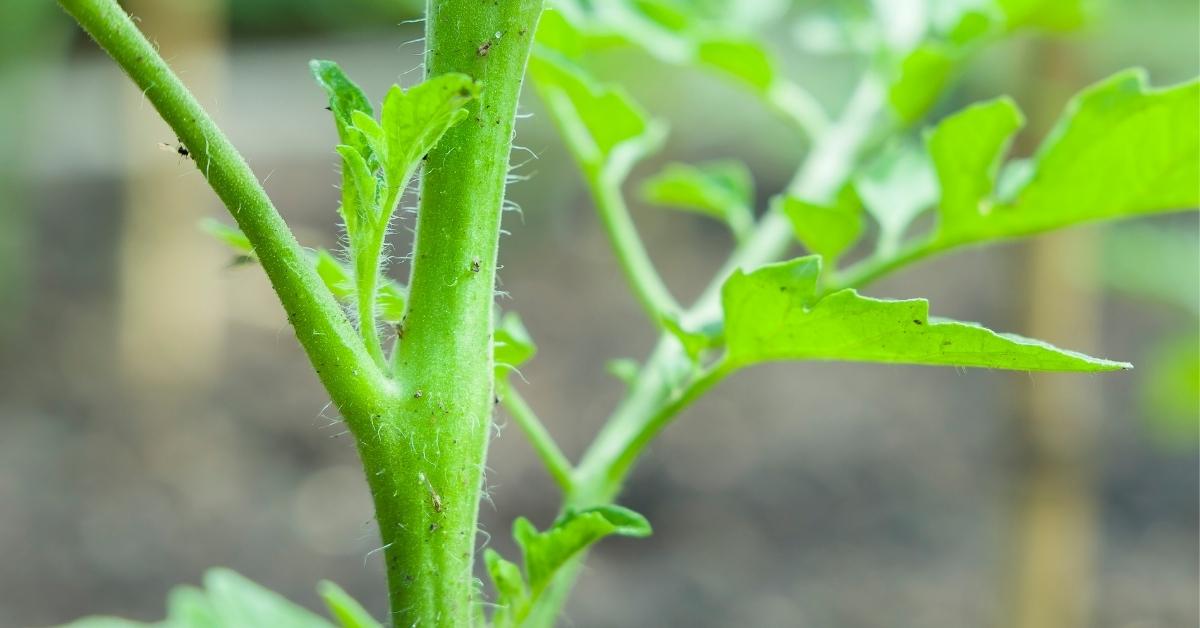

Even while your tomato plants are still small, they will start to produce side shoots. Unless you’re growing bush varieties, you’ll want to remove these as they appear. This ensures your plant puts all its energy into a strong main stem bearing many trusses of fruits. It also prevents the plant from becoming congested, which helps with both ripening and picking. Simply pinch out the shoots when they are very small, or if they’ve grown larger, remove with a pair of snips.

